Real-time Data, Machine Learning, and Results: The Evidence Mounts
CIO Business Intelligence
OCTOBER 4, 2022
From delightful consumer experiences to attacking fuel costs and carbon emissions in the global supply chain, real-time data and machine learning (ML) work together to power apps that change industries. more machine learning use casesacross the company. By Bryan Kirschner, Vice President, Strategy at DataStax.

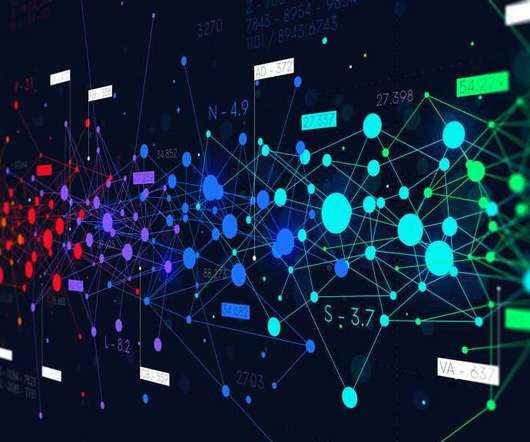


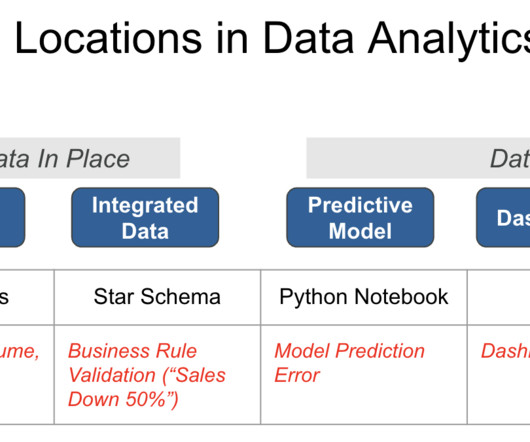
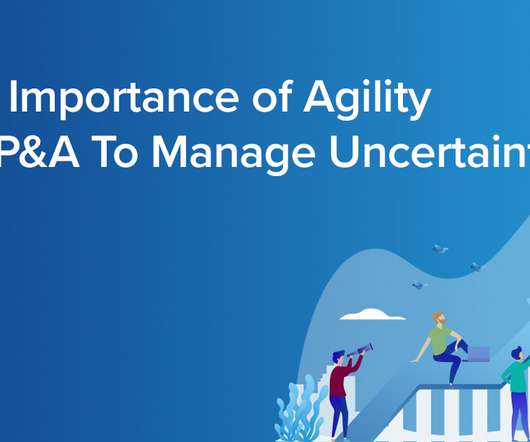





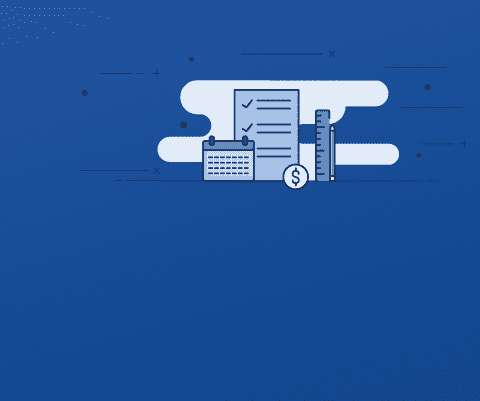
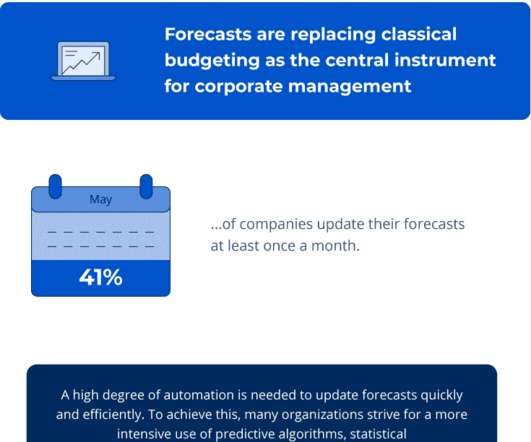










Let's personalize your content